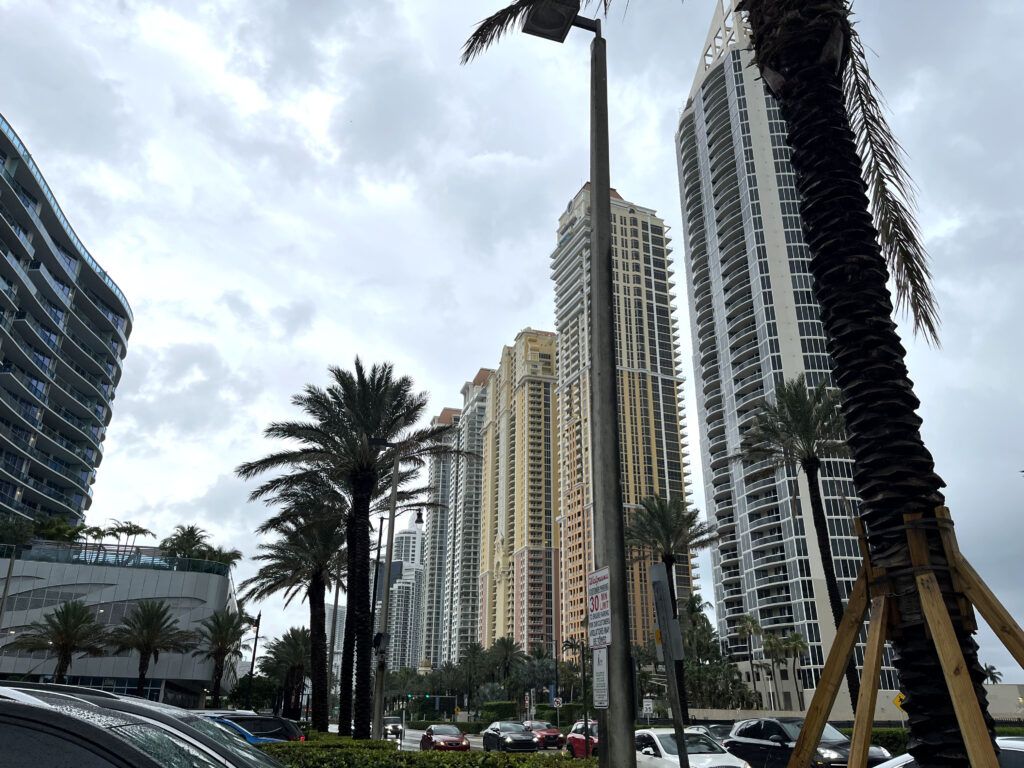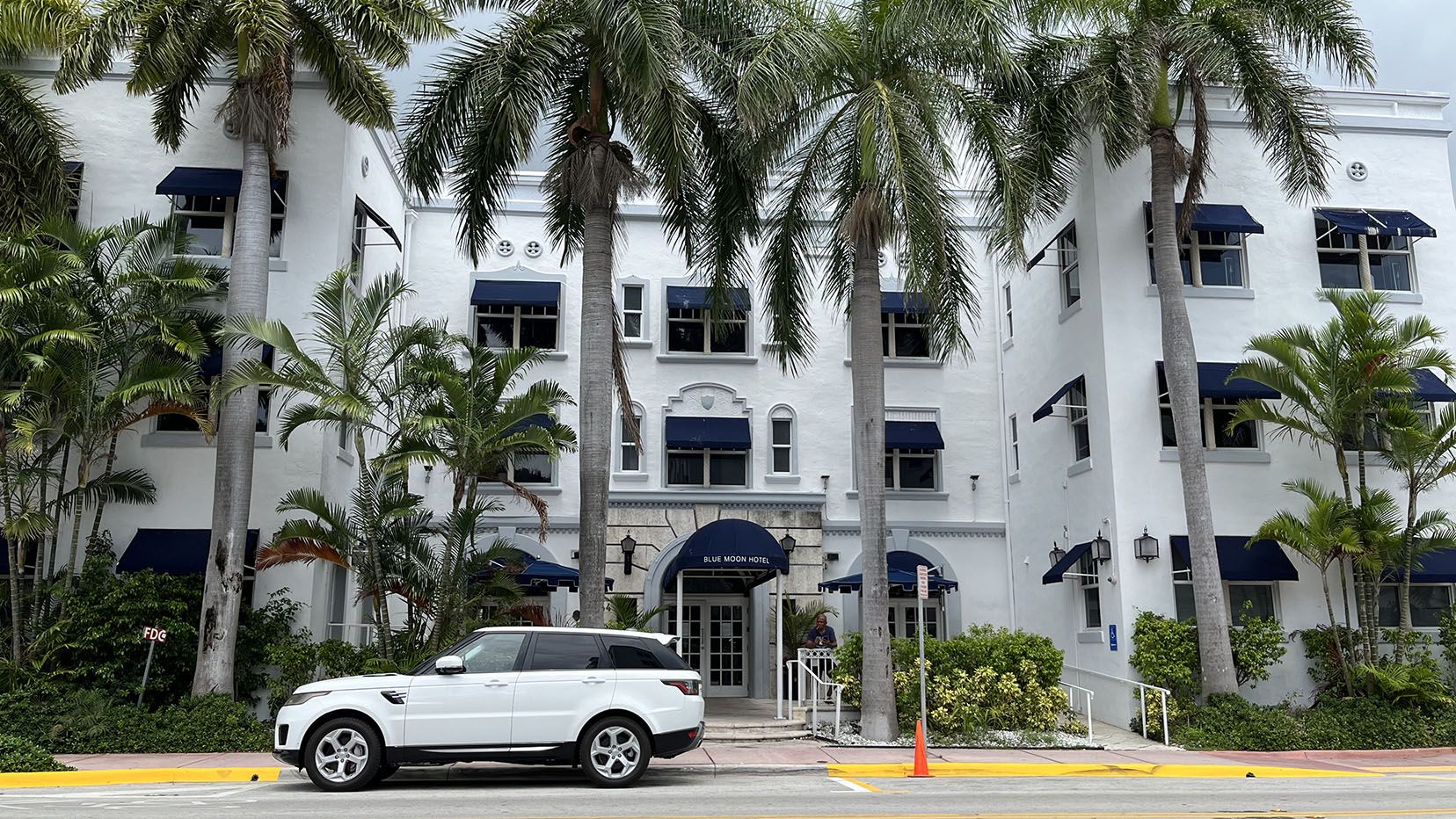Remembering the Florida Surfside Condo Tower Collapse
It’s been three years since the deadly collapse of the Champlain Towers South in Surfside, Florida. Recorded as one of the deadliest structural failures in U.S. history, the tragedy claimed the lives of 98 people. Of the building’s 136 units, 55 were part of the collapse.
A permanent memorial was established by the then-mayor to honor the victims and survivors. In August 2022, part of Collins Avenue was renamed 98 Points of Light Way as a tribute.
Originally built in 1981, the Champlain Towers South had reported no structural issues even after enduring Hurricane Andrew. This raised significant questions about why the collapse occurred.
Building documents revealed that the condominium was due for its mandatory 40-year inspection, which had already begun at the time of the tragedy. Issues were identified, and an action plan was set in motion with contractors hired to address the problems. Tragically, the repairs were not completed in time. Following the collapse, engineers began exploring a proposal to reduce the interval for mandatory building safety inspections from 40 years to 20 years.
In addition to the structural concerns, Dr. Shimon Wdowinski from Florida International University’s Department of Earth and Environment had been studying land subsidence in the area. He reported that the condo had been sinking. However, another engineer’s findings suggested that environmental conditions were not significant contributors to the collapse.
The National Institute of Standards and Technology (NIST) launched an investigation into the disaster, which is expected to conclude by the summer of 2025.
A little over a year after the tragedy, a $70 million class-action settlement was awarded to the families of the victims and property owners affected.
Despite the years that have passed since the collapse and the legal settlement, many questions about what went wrong remain unanswered.
Are Sinking buildings along the South Florida Coastline a Concern?

A recent study published in the journal Earth and Space Science has revealed a concerning trend in South Florida: 35 high-rise buildings have sunk by as much as three inches between 2016 and 2023. The findings spotlight areas like Sunny Isles Beach, Bal Harbour, Surfside, and Miami Beach, where some of the region’s most iconic properties are located.
Notable Properties Affected
Among the high-profile structures identified are the Trump International Beach Resort, Porsche Design Tower, Surf Club Towers, and The Ritz-Carlton Residences. These luxurious properties are synonymous with South Florida’s allure, attracting residents and visitors seeking a blend of modern amenities and waterfront views. However, their reported subsidence raises questions about the region’s long-term resilience against natural and man-made challenges.
Investigating the Causes
While the exact causes of the sinking remain under investigation, researchers are exploring several contributing factors. Climate change and rising sea levels are key considerations, as South Florida is particularly vulnerable to these global phenomena. Additionally, nearby construction projects may play a role in exacerbating land subsidence, potentially destabilizing the ground beneath these high-rises.
Professor Paul Chinowsky, a civil engineering expert from the University of Colorado Boulder, explained the risks of “differential subsidence,” or uneven sinking. “If a building’s foundation sinks at different rates, it can lead to structural damage, including cracks, tilting, and potential safety hazards,” Chinowsky warned.
The Need for Long-Term Solutions
The findings underscore the urgent need for further investigation to assess the long-term effects of subsidence on these high-rises and their surrounding communities. Engineers and scientists must determine whether the current trends pose an immediate threat to structural integrity or if preventative measures can mitigate future risks.
South Florida’s allure as a coastal paradise comes with inherent challenges, but proactive measures, including stricter building codes, enhanced monitoring systems, and innovative engineering solutions, could help safeguard its iconic skyline.
As researchers continue to delve into the causes and consequences of this phenomenon, one thing remains clear: the future of South Florida’s high-rises depends on understanding—and addressing—the forces shaping the land beneath them.


